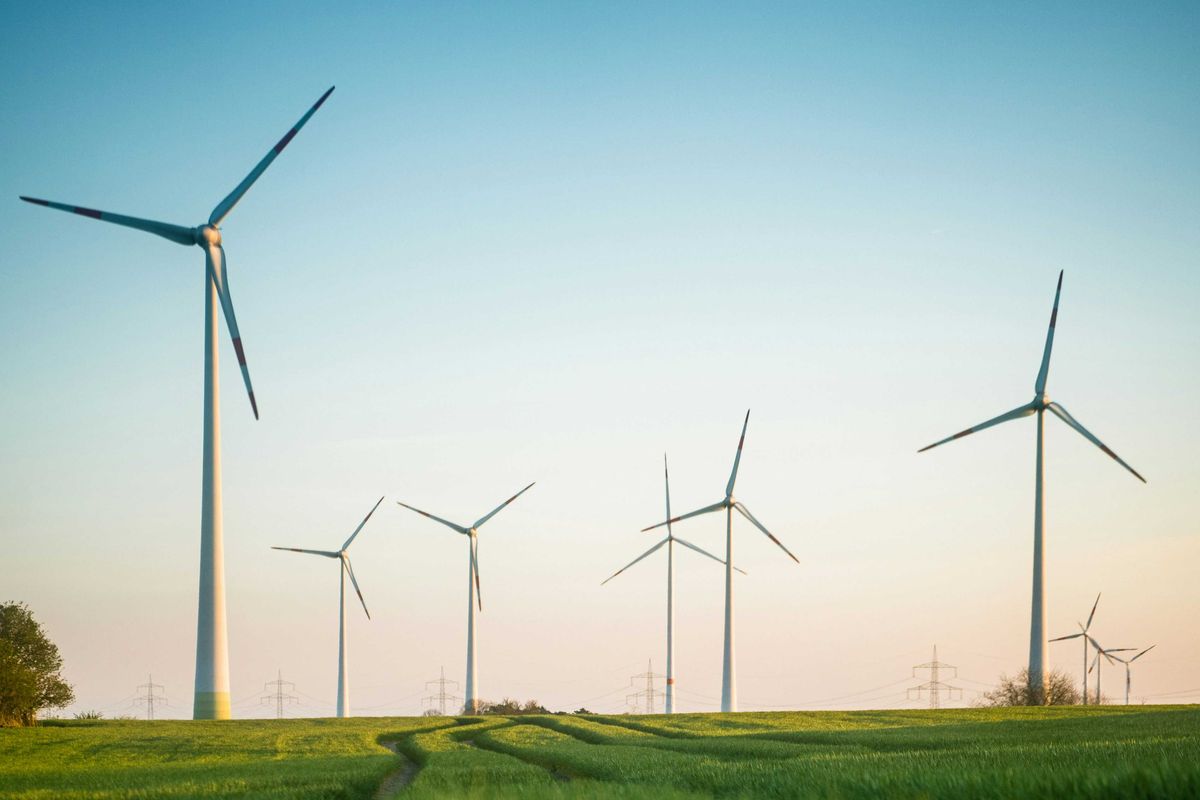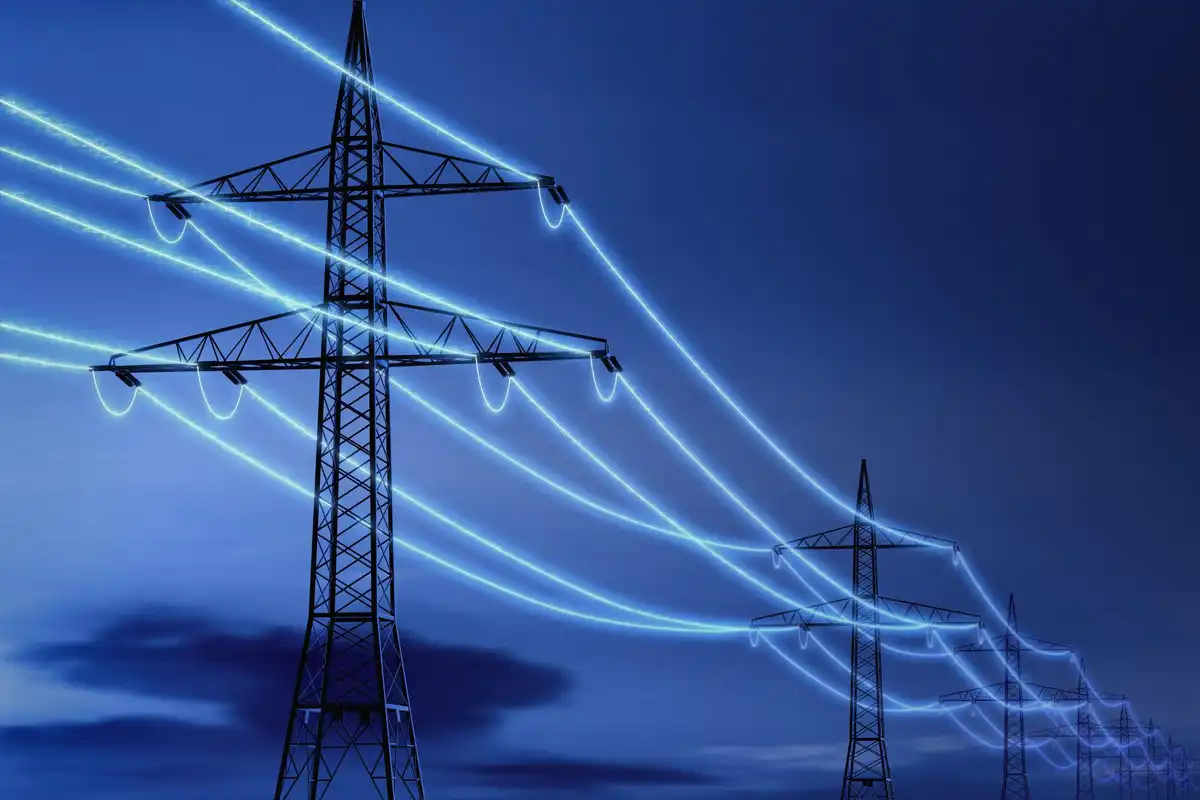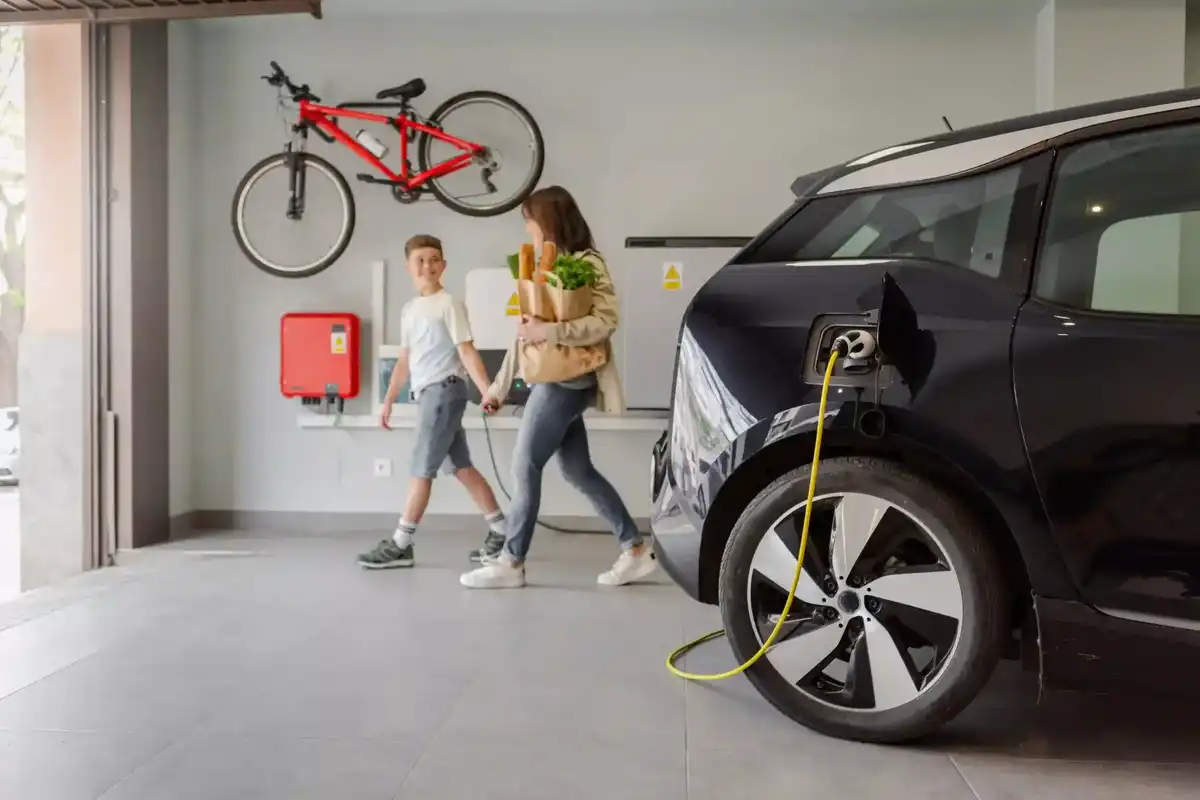You’d think that producing tens of thousands of Teslas might help drive up Texas’ standing among the best states for owning an electric vehicle. To the contrary, Texas ranks among the worst states to be an EV owner.
A new list from EV Charger Reviews puts Texas in the No. 2 position among the worst states for owning an EV. Washington leads the pack of the worst EV states. Topping the list of the best states for EV owners is Maine, followed by Colorado and Vermont.
The ranking judged each state on these factors:
- Number of registered EVs
- Number of EVs per charging port
- Ratio of one square mile per charging port
- Cost of electricity
- Annual cost savings for EV owners
- Number of EVs per service center
- EV tax credits
“Texas has cheaper electricity but a bad ratio of EVs registered to charging ports and service centers. The annual savings on gas money is only about $1,000, and there are no tax incentives,” says EV Charger Reviews.
Texas’ ranking stands in contrast to the presence in Austin of Tesla’s headquarters and a Tesla factory. The more than 10 million-square-foot, 25,000-acre factory serves as the U.S. manufacturing hub for Tesla’s electric-powered Model Y car and Cybertruck.
While thousands of Texans are driving Teslas and other EVs, they’re definitely in the minority.
Survey findings released in November 2023 by the University of Houston and Texas Southern University showed that only five percent of Texas motorists who were questioned drove an electric-powered car, truck, or SUV.
Nearly 60 percent of those who didn’t drive EVs said they wouldn’t consider buying one. Almost half (46 percent) cited the lack of charging stations as their chief reason for not wanting to own an EV.
“With such a small percentage of Texans currently owning electric vehicles, it looks like Texans will hold tight to their gas engines for the foreseeable future. Government incentives … have yet to make a difference among the state’s vehicle buyers,” according to a UH news release about the survey.
“But as charging stations grow in number, costs of operation decrease and — most important, the technology allows longer driving ranges — perhaps electric vehicles will start to earn their place in the garages of Texans.”
A Texas law that took effect in 2023 requires an EV owner to pay an extra $200 fee when they renew their vehicle registration or an extra $400 fee for their initial two-year registration.








 Air Liquide and Hyundai agreed to expand hydrogen refuelling networks, storage capacity and more at a meeting in Seoul last week. Photo courtesy Air Liquide.
Air Liquide and Hyundai agreed to expand hydrogen refuelling networks, storage capacity and more at a meeting in Seoul last week. Photo courtesy Air Liquide.
